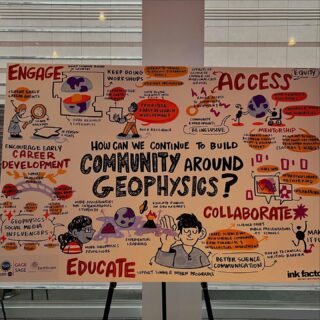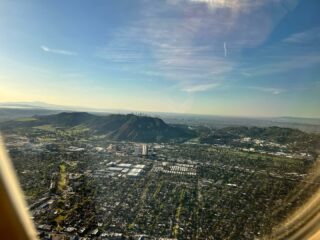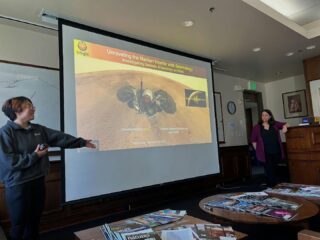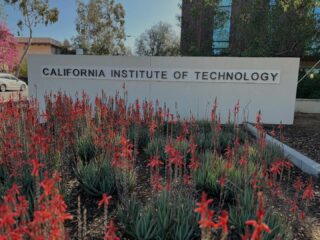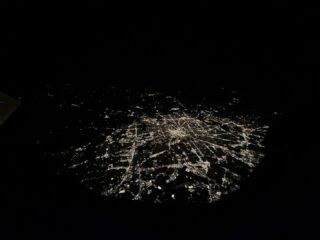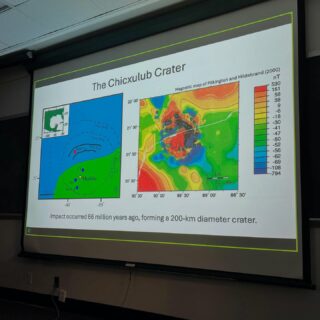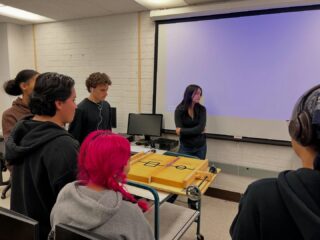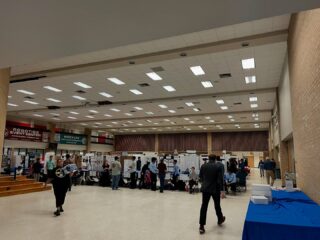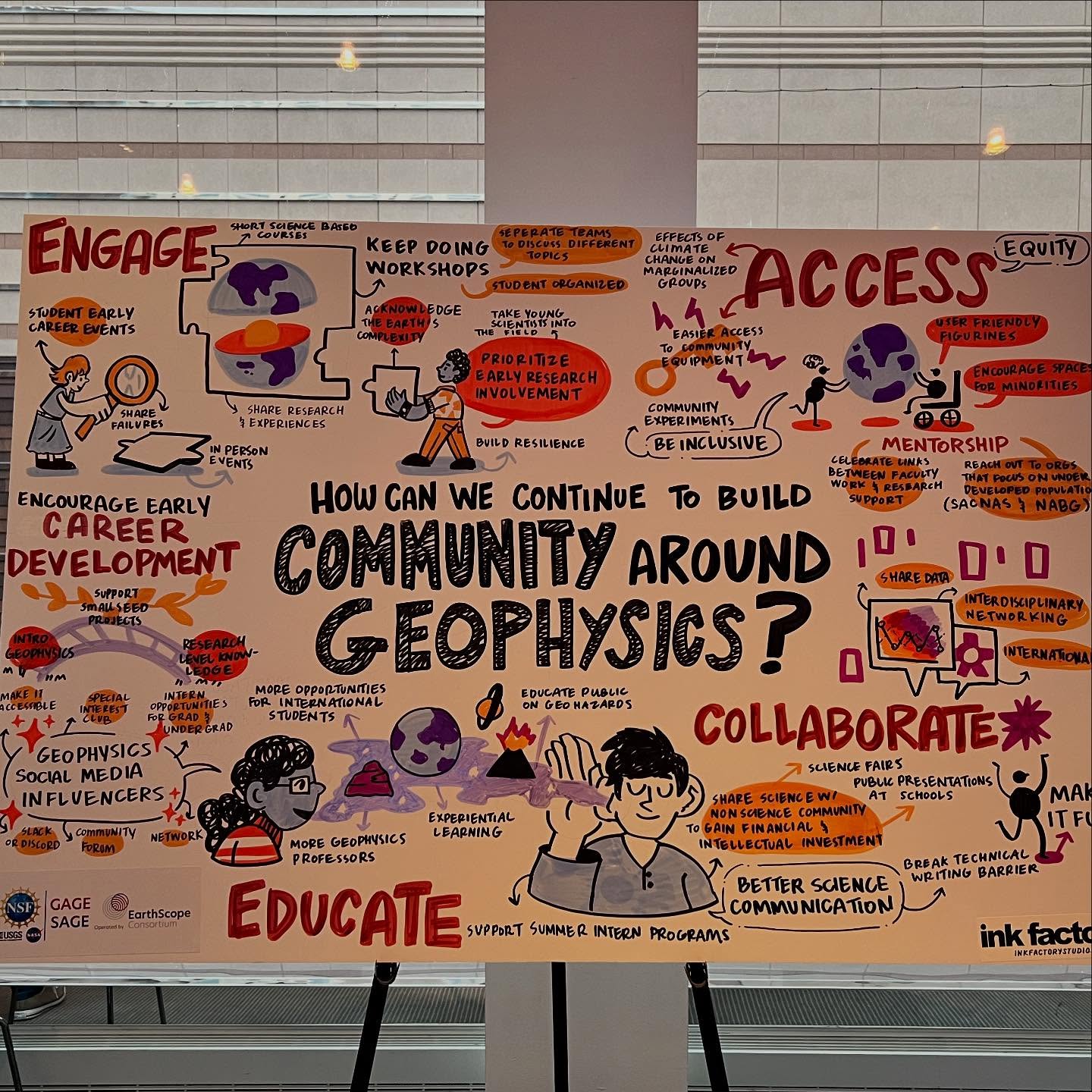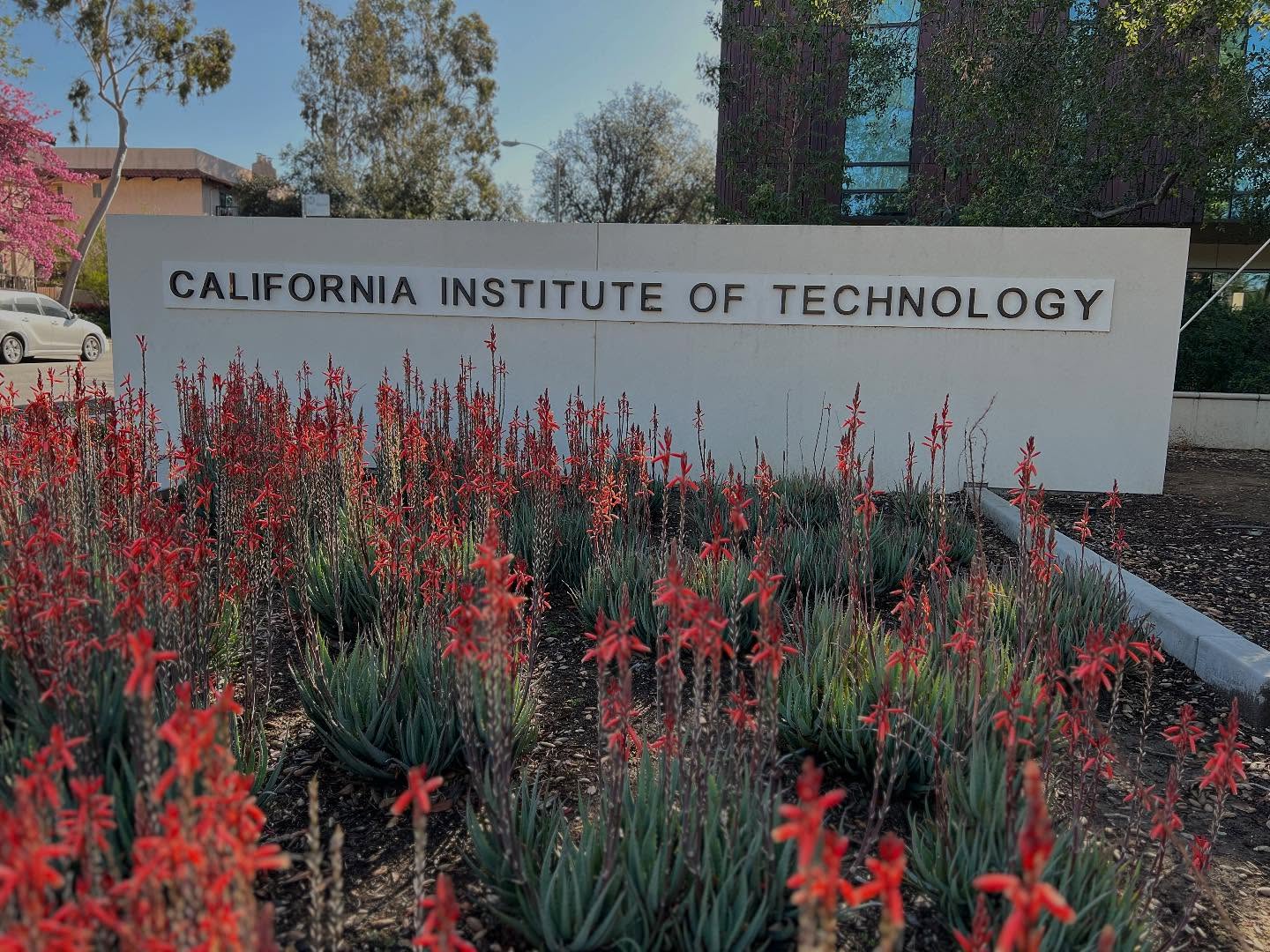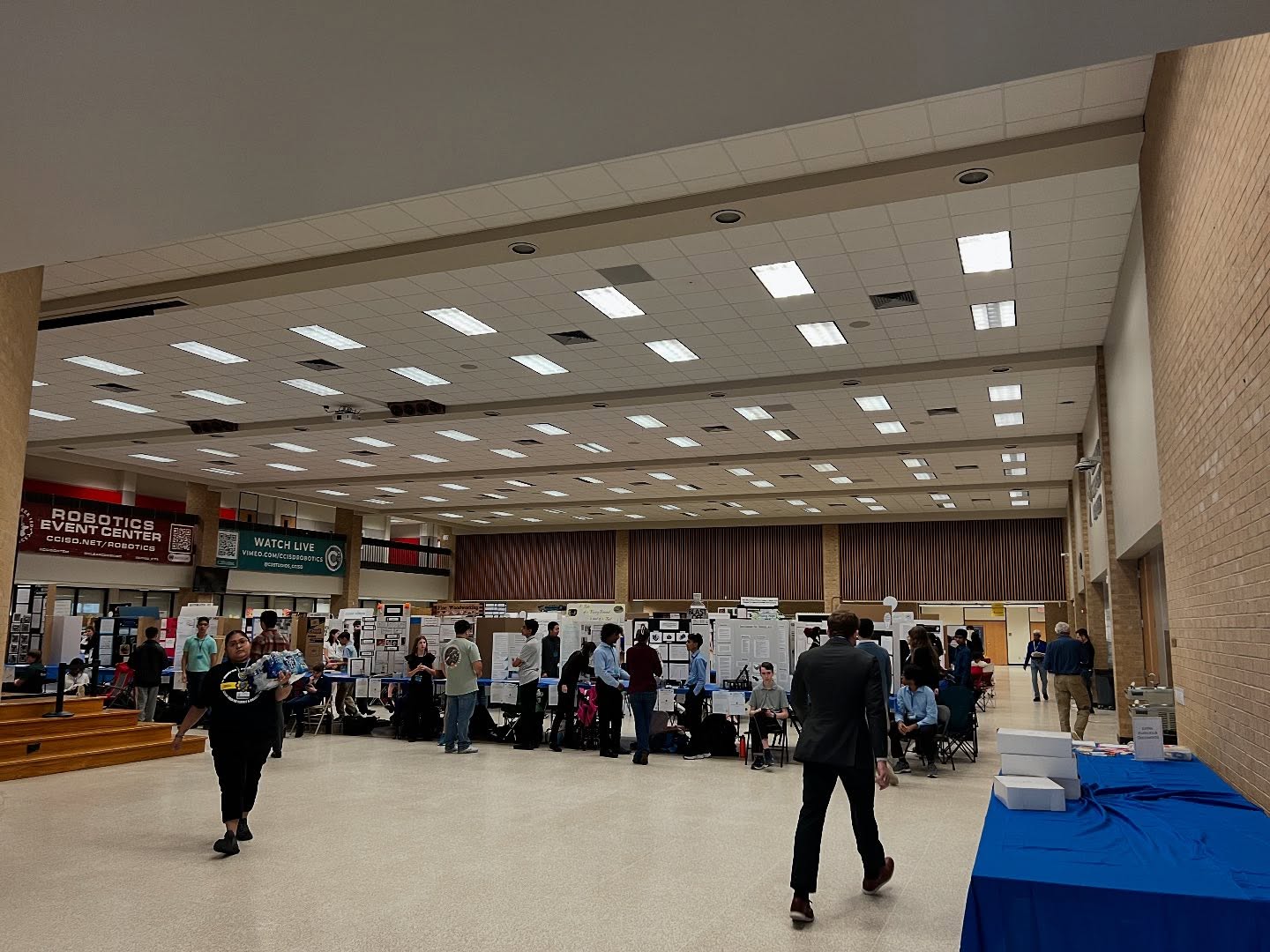We have worked on modeling seismic anisotropy and seismic wave velocity beneath the Pacific ocean to better understand the processes that drive the formation and evolution of oceanic plates.
Seismic anisotropy is an important tool to constrain the oceanic lithosphere-asthenosphere boundary (see Beghein et al. (2014) and associated model below), but uncertainties in the tomography can be large (see paper by Beghein et al. (2018)). You can Watch my IRIS webinar presenting our results on the LAB and seismic anisotropy on YouTube.
The depth change in seismic wave velocities from faster than average to slower than average as we go deeper can also be employed to determine the seismic LAB. Our work with Saskia Goes (Beghein et al., 2018) further showed that our 3-D velocity model can be explained by purely with solid-state thermal effects. In addition, we showed that our velocity-based LAB estimates are most like those expected for half-space cooling models, and that the velocity-increasing effects of dehydration and depletion due to melting below the ridge can explain our LAB depth estimates better than a dry model.
Tomographic Model Download: Our 3-D models BYSX14SVani and BYSX14VSXI can be found in the online Supplementary Material and here. The models averaged over the Pacific plate as shown in Figure 2 of our paper can be found here.
Citation:
Beghein, C., *Yuan, K., Schmerr, N., and *Xing, Z. (2014), Changes in seismic anisotropy shed light on the nature of the Gutenberg discontinuity, Science, 343(6176), 1237-1240, doi:10.1126/science.1246724 – preprint and reprint; Supplementary Material (42 pages) here – Article usage stats here
Beghein, C., *Xing, Z., and Goes, S. (2018), Thermal Nature and Resolution of the Lithosphere-Asthenosphere Boundary Under the Pacific From Surface Waves, Geophys. J. Int., doi:10.1093/gji/ggy490

Press Coverage
UCLA press release here
ScienceDaily
Phys.org
RedOrbit
EurekAlert (American Association for the Advancement of Science)
eScienceNews
Geology Times
http://my-techlab.com/understanding-the-forces-behind-tectonic-plates/
http://bowshooter.blogspot.com/2014/03/new-insights-on-plate-tectonics.html
http://livasperiklis.com/2014/03/05/httpwp-mep29tmj-68h/
http://www.irenesbookoasis.com/8/post/2014/03/new-study-reveals-insights-on-plate-tectonics.html
http://cmps.umd.edu/news-events/features/1862
http://blog.isains.com/2014/03/tectonic-plates-movement-causes-new.html
http://worldfossilsociety.org/2014/03/insights-into-plate-tectonics-the-forces-behind-earthquakes-volcanoes/
http://technology.infomine.com/articles/1/8743/geology.tectonics.geoscience/new.study.reveals.aspx
http://eblogs.ekwinox.com/viewblog.php?b=1859
http://deskarati.com/2014/03/09/new-study-reveals-insights-on-plate-tectonics/
http://news.softpedia.com/news/Anatomy-of-Pacific-Tectonic-Plate-Revealed-in-New-Study-431387.shtml
http://noticiasdelaciencia.com/not/10115/revelan_los_mecanismos_de_formacion_y_evolucion_de_la_placa_tectonica_del_pacifico/






